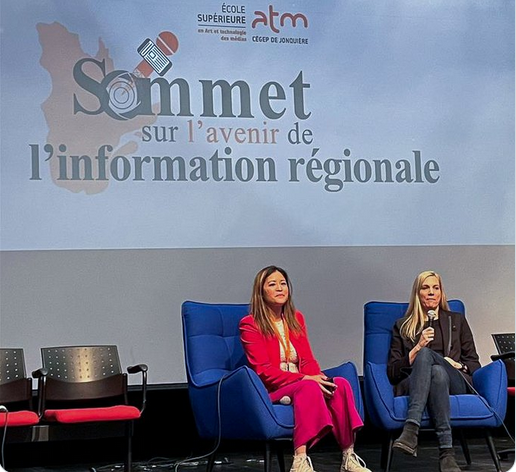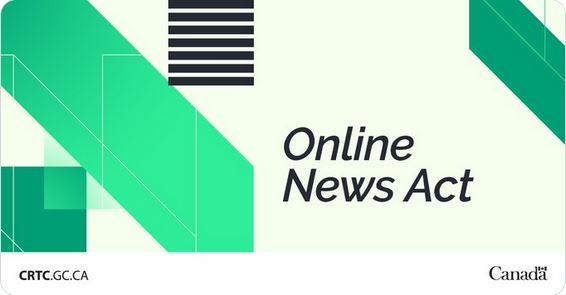Panel with Sheila Sampath, Paul Seesequasis, Milind Shirke and Bianca Spence
Panelists discussed the Canadian media’s exclusion of marginalized voices, such as Indigenous voices and voices of colour. They spoke of not just a glass ceiling, but a “white ceiling”, and reminded us that such exclusion is rooted in our country’s violent colonial history. They also spoke on the democratization of media via social media and zine culture, and the exciting possibilities this holds; Paul Seesequasis reminded us, however, that it’s up to mainstream media to report on Indigenous issues from Indigenous perspectives.
Panelists were divided as to whether a “strong Canadian identity” is what we need: Milind Shirke argued that we must indeed identify our Canadianness—a more inclusive Canadianness—and unify under it; Sheila Sampath and Paul Seesequasis disagreed, arguing that any singular, “unified” Canadian identity is a false ideal that ignores the complexities of different communities of colour.
Sheila Sampath shared alternative ways of serving media diversity, methods she and her team practice at Shameless magazine, such as: editing as anti-oppressive work (creating inclusive style guides, calling people what they want to be called, etc.); collaborating with others, and recruiting critical writers from the diverse communities they write about; and being mindful throughout their processes (recognizing their “staff” are volunteers, and making sure they always have a voice, are heard and appreciated; consistently acknowledging that working for free is a barrier for many; giving staff “fancy titles” which grant them legitimacy in the mainstream media landscape). Sampath emphasized the need for workplaces to include diverse people and cultures of accountability. These are some ways niche publications are legitimizing their people and interrogating the more monolithic mainstream.
The issue was raised of some publications having diversity “imposed” on them: now we’re seeing audiences driving media more so than the other way around. In response to reader demand for more diverse content (and due to recognition that diversity is profitable), some magazines are attempting to be more diverse, but are doing it inauthentically and stumbling. Panelists asserted that if your publication isn’t already practicing diversity, you need to show your commitment going forward. There must be collaborative practices; accountability; accessibility; trust; support for others, showing up for them even when it doesn’t benefit you—and none of this is an overnight process. An editorial/publishing mandate should be a living document, not rigid but open to change as the organization evolves.
The session closed with a brief discussion of newcomer consumption. Milind Shirke pointed out it takes newcomers 6 to 8 years to start consuming mainstream magazines, partly because they’re busy getting settled in Canada, but partly because they aren’t marketed to. He asserted there’s plenty of room for bridging this gap.
By Natasha Sanders-Kay
Inclusiveness in Publishing Initiative & Sponsorship Coordinator, Magazine Association of BC
Managing Editor, subTerrain magazine
MagsBC Board Member










